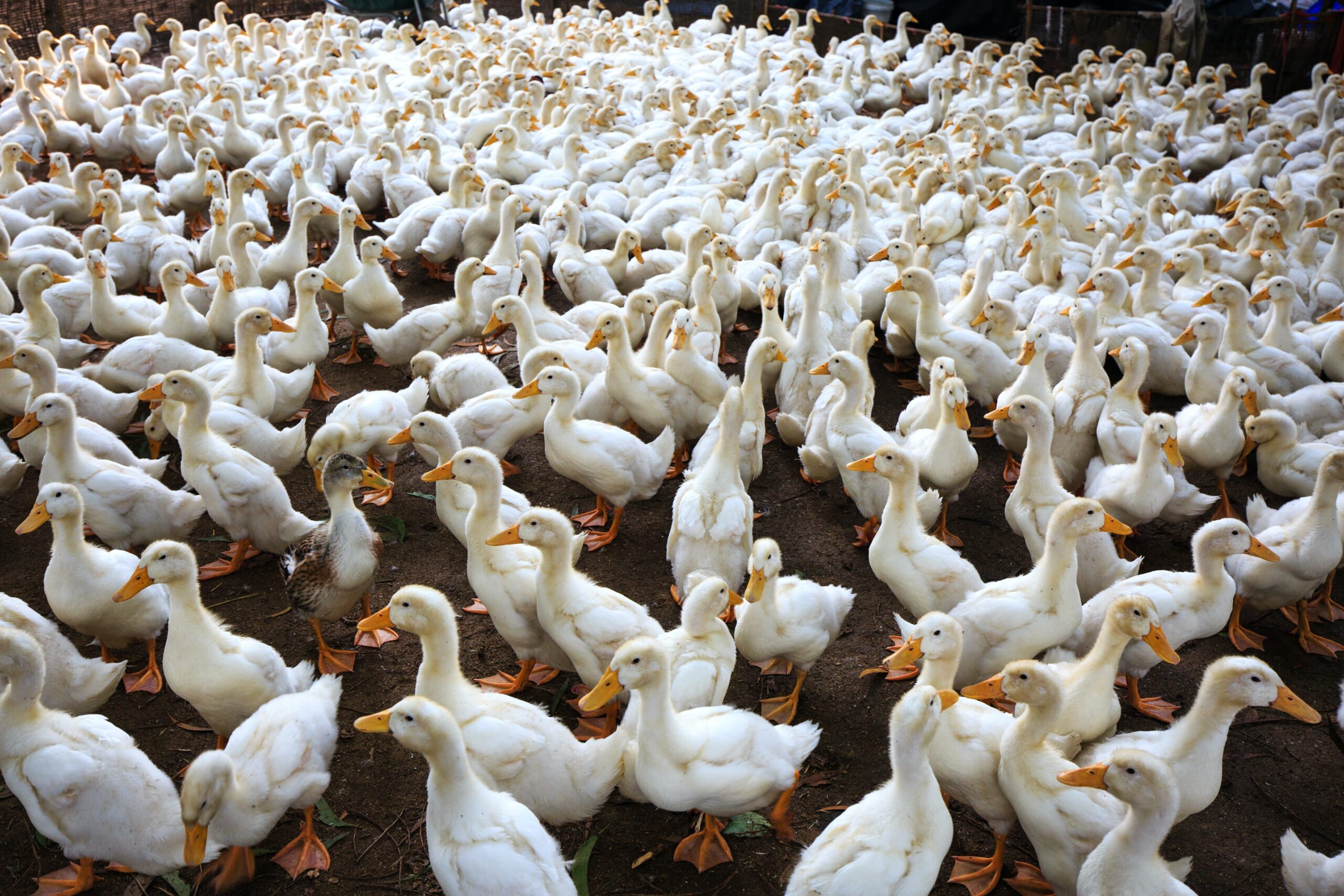Farm Security
Agrosecurity is an ongoing process and is implemented through a set of actions and technologies designed to protect livestock, crops, facilities, data, and other assets. The physical security of the premises is the first step toward ensuring the safety of our food supply. This includes fences, locks, electronic surveillance systems, alarms, and other hardware and software devices.
Rural Security Planning (PDF) – Purdue University (basic security including planning procedures and product storage)
Pork Industry Handbook, 2008 – Purdue University Extension (physical security and basic biosecurity)
Biosecurity Guide for Pork Producers (PDF) – National Pork Board (farm security checklists)
Anhydrous Ammonia and Farm Security:
In addition to protecting our food supply, sound agrosecurity procedures are necessary to prevent the theft of chemicals, such as anhydrous ammonia used to produce meth (methamphetamine). These thefts continue to be a concern in rural areas. In order to ensure that anhydrous ammonia or other chemicals are not stolen, please follow these simple security practices.
- Try to minimize the amount of time that the chemical tanks are on your property
- Purchase or rent a locking device for your nurse tank
- Consider the use of motion detectors or other devices around your nurse tank
- Visually inspect the tanks each morning
- Place a wire tie or seal around the valves to aid in quick inspection
- Know your inventory
If you suspect theft of anhydrous ammonia, or any chemical, contact local law enforcement immediately.
Anhydrous Ammonia Theft (PDF)- Iowa Department of Agriculture
Using Anhydrous Ammonia Safely on the Farm – University of Minnesota Extension
Preventing Theft of Anhydrous Ammonia – Ohio State University Extension
Anhydrous Ammonia: Managing the Risks – North Dakota State University Extension
Agrosecurity Principles and Resources
Agrosecurity, simply stated, is the practice of protecting and isolating animals, plants, and various input products from biological agents that could cause disease. From a veterinary medicine point of view, agrosecurity is also viewed as part of an “infection control” strategy to stop the spread of disease, similar to what is commonly used in hospitals, clinics, and other human healthcare facilities.
Agrosecurity is the framework necessary to keep our food system resistant to natural disasters, free from accidental or deliberate introduction of disease agents or toxins, and economically self-sustaining. In order to maintain the safety and viability of our food supply, every farm and agricultural operation should have an agrosecurity plan which should include the following:
- Do not allow animals of unknown health status to enter the herd
- Work with a veterinarian to determine an adequate vaccination program
- Limit herd or crop contact with visitors
- Properly clean and disinfect animal areas
- Always report any suspicious activity to local law enforcement
- Any suspicious animal illness should be reported to state or federal veterinary officials immediately
Agrosecurity Resources:
- Penn State University Veterinary Science Outreach (a variety of general biosecurity resources)
- Biosecurity Training CD-ROM order form (CD is free) – U.S. Poultry and Egg Association
- Biosecurity for Today’s Swine Operation – University of Missouri Extension
- Biosecurity on the Beef and Dairy Operation – New Mexico State University Extension
- Biosecurity for Small-Scale Producers, Operators and Hobbyists – FAZD Center at Texas A&M University
- On-line Plant Biosecurity Management Course (Course is free) – Developed for EDEN by University of Missouri Extension
Personnel Concerns and Best Management Practices
Personnel issues are often overlooked in efforts to protect businesses and facilities from terrorism and other categories of intentional events. Yet, many historical cases have been documented in agriculture and our food system that actually involved employees or others with inside knowledge of facilities, processes, and operations.
Employees are a potential concern, but they are also an important asset and should be viewed as team members in efforts to protect agriculture. Agricultural workers are on the front lines and are in the best position to observe unusual situations or conditions. Agricultural workers are the key to protecting agriculture. Their loyalty and vigilance can be gained through good communication and relationships and
- Have all potential employees fill out an application
- Screen potential hires including references and background checks (police record, employer recommendations).
- Institute a probation period for new hires
- Educate your employees and customers on the importance of being alert for signs of possible tampering with crops, livestock, supplies, equipment, and facilities.
- Develop a system to identify employees and visitors; schedule arrivals and departures.
- Train all employees on agrosecurity. Include periodic refresher training
- Biosecurity awareness should be instilled in all employees, starting with top management. Everyone must vigilantly monitor the activities of visitors, customers, service providers, and fellow employees.
- Train employees to recognize and report suspicious individuals or abnormal activities, security breaches, suspicious materials or devices, and misplaced equipment.
- Communicate a clear zero-tolerance policy for workplace violence and encourage employees to promptly report such incidents.
- Implement policies on appropriate personal protection equipment as dictated by management and required by law
Resources:
Keep America’s Food and Agriculture Safe – USDA
Guide to Biosecurity Awareness – American Feed Industry Association






